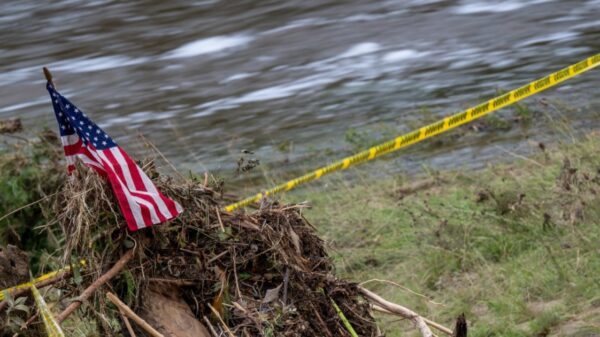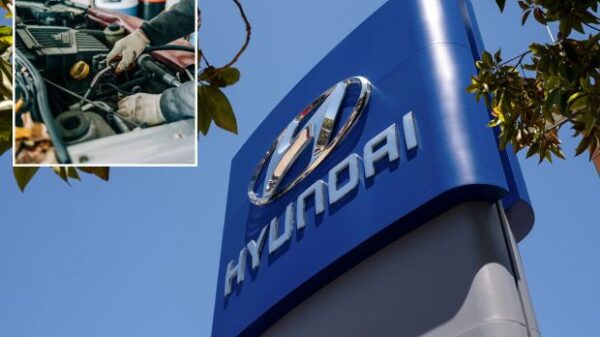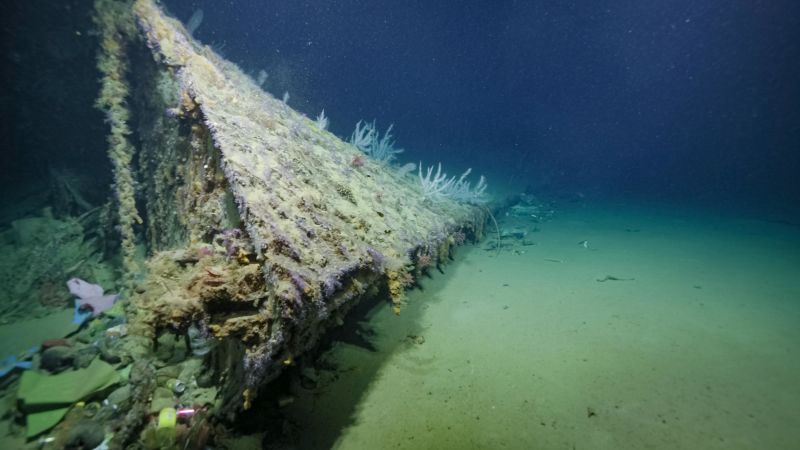A significant discovery has been made regarding the USS New Orleans, a US Navy cruiser that was severely damaged during World War II. The ship’s bow, which had sunk to the ocean floor after being torpedoed in a battle in the Pacific, has been located by the Nautilus Live expedition from the Ocean Exploration Trust. This find offers fresh insights into an extraordinary chapter of naval history.
The USS New Orleans was struck on its portside bow by a Japanese torpedo on November 30, 1942, during the Battle of Tassafaronga, near Guadalcanal. The explosion ignited ammunition in the ship’s forward magazine, resulting in the loss of more than 180 sailors from its crew of 900. Despite the devastation, the crew managed to implement emergency repairs and successfully navigated the damaged vessel approximately 1,800 miles in reverse to reach safety in Australia.
Remarkable Recovery Journey
After sustaining such catastrophic damage, the crew of the New Orleans demonstrated remarkable ingenuity. They crafted a makeshift bow using coconut logs, which allowed them to steer the damaged ship backward. This unconventional solution enabled the crew to protect themselves from potential air attacks while attempting the arduous journey across the Pacific.
Retired US Navy Captain Carl Schuster highlighted the complexity of navigating a warship in reverse. According to Schuster, the design of a ship’s bow is tailored to slice through waves, while the stern is not. This creates significant challenges, as the stern is lifted and dropped by wave action, complicating steering and control. The loss of the ship’s front also altered its center of maneuverability, demanding an entirely new set of commands and actions from the officers.
The successful journey culminated in the New Orleans reaching the US naval yard at Puget Sound, Washington, where permanent repairs were made. Following its restoration, the ship played a pivotal role in several major battles across the Pacific, including the critical engagements at Saipan and Okinawa. For its service, the New Orleans was awarded 17 battle stars, making it one of the most decorated ships in the Pacific theater.
Discovery of the Bow
The bow of the USS New Orleans was located at a depth of 675 meters (2,214 feet) in Iron Bottom Sound, which is situated in the Solomon Islands. The Nautilus Live expedition utilized remotely operated underwater vehicles to gather data, allowing scientists and historians to confirm the wreckage’s identity based on its structural details and artifacts.
Iron Bottom Sound earned its name due to the extensive naval losses incurred during World War II, specifically during five significant battles between August and December 1942. These confrontations resulted in the sinking of over 111 naval vessels and the loss of approximately 20,000 lives across all involved forces. Prior to this recent expedition, fewer than 100 military ships and planes from that era had been located in the region.
The Maritime Archaeology of Guadalcanal expedition, which began on July 2, 2023 and runs until July 23, 2023, is a collaborative effort involving the National Oceanic and Atmospheric Administration (NOAA) Ocean Exploration, the Ocean Exploration Cooperative Institute, the University of New Hampshire, and the Naval History and Heritage Command. The ongoing searches from this expedition are being live-streamed on their website, nautiluslive.org, allowing the public to witness this historic underwater exploration.
The discovery of the USS New Orleans’ bow not only sheds light on the ship’s storied past but also serves as a testament to the resilience and resourcefulness of its crew during one of the most challenging periods in naval history.























































